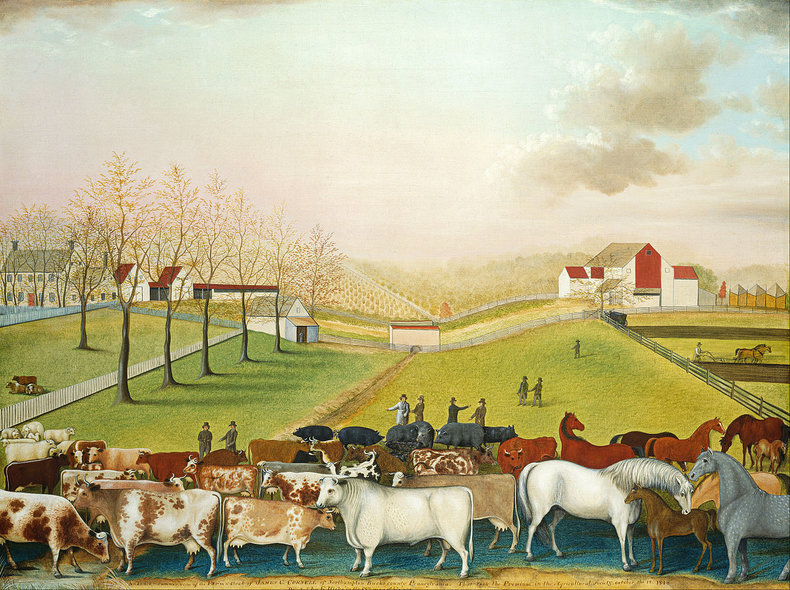Design Related Guides
Design
| |
Stability is a design principle that values a static, predicable and established approach. Stable designs tend to be easy to learn with a comfortable feel. The opposite approach, variability is useful for dynamic and contextual information or controls. However, people may find highly variable designs to be difficult to learn with an uncertain feel.
|
Function | | Definition | Design that aims to be static and predicable. | Tradeoff | Stability vs Variability | Related Concepts | |
Next: Unity of Design
Design Principles
This is the complete list of articles we have written about design principles.
If you enjoyed this page, please consider bookmarking Simplicable.
© 2010-2023 Simplicable. All Rights Reserved. Reproduction of materials found on this site, in any form, without explicit permission is prohibited.
View credits & copyrights or citation information for this page.
|
